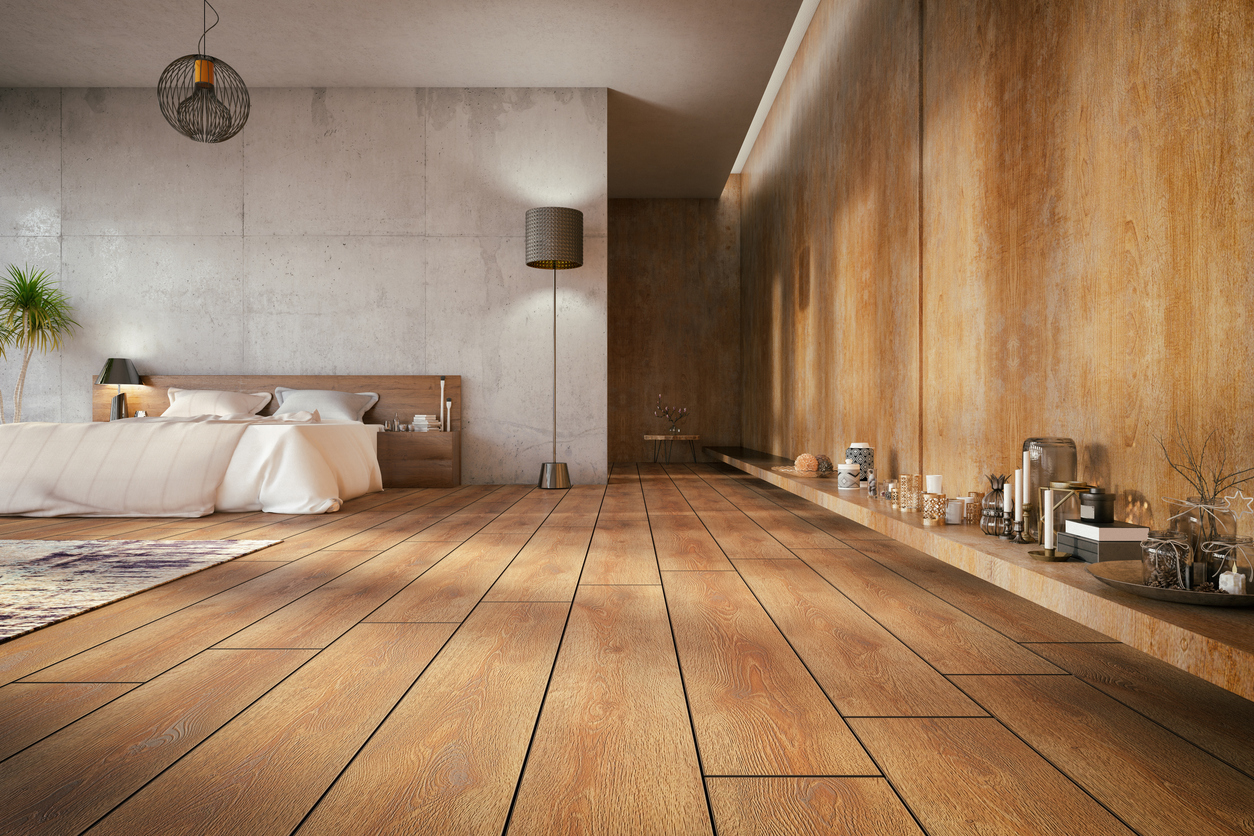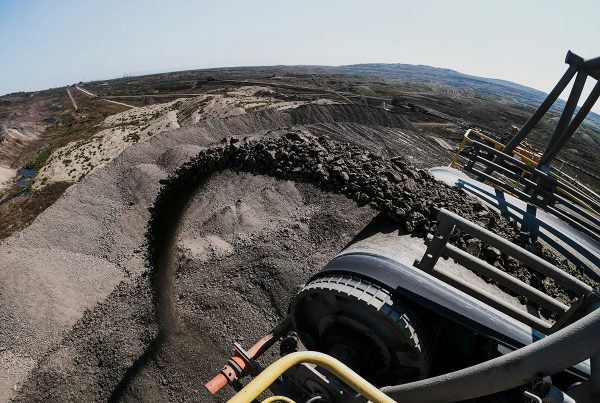The urgent race to reduce global emissions is ongoing as widespread industries focus on achieving net zero. Although consumer discourse often surrounds the rise of electric vehicles and solar panels, a critical component of sustainability rests right beneath everyone’s feet — flooring.
Flooring is prevalent in all sectors, from residential to commercial structures and manufacturing plants. Yet, the materials used during construction can significantly influence environmental performance. This has generated significant interest in sustainable flooring, leading to exciting green building trends and technologies.
The Environmental Impact of Flooring
Buildings represent 30% of global energy consumption and contribute 25% of greenhouse gas emissions. Because of this, the construction industry has begun to transform its processes and practices to decrease its carbon footprint. Despite its life cycle’s tremendous impacts on the planet, flooring is often an overlooked component of building sustainability.
For instance, traditional flooring — polyvinyl chloride (PVC) and carpeting — create excessive emissions and toxic waste buildup. The chemicals in these products can cause water and air pollution, harming ecosystems and people.
PVC production exceeded 35 million metric tons in 2015 due to its durability, cost-effectiveness, and chemical and thermal properties. However, it’s one of the most damaging plastic contaminants and among the largest dioxin sources, causing cancer, immune system dysfunction and endocrine disruption.
Likewise, four billion pounds of carpeting are landfilled in the United States annually. These products often contain harmful dyes and adhesives with volatile organic compounds (VOCs). Non-renewable marble tiles also have a 78% higher energy impact than ceramic tiles.
Of course, flooring production itself creates high carbon emissions. Raw material extraction generates 46.4% to 72.1% of emissions, while electricity consumption during manufacturing and installation is 8.3% to 33%.
Sustainable Flooring Materials
Flooring’s carbon footprint is a growing concern, which is why the construction sector has explored sustainable alternatives, such as cork, palm wood, and reclaimed and salvaged wood floors. Hardwood floors remain popular across several industries, deriving from deciduous trees with broad leaves. Although it’s more sustainable than some materials — mainly because they regrow — there are more environmentally friendly options to consider.
Bamboo is just as durable as traditional hardwood but takes only three to five years to harvest, compared to 50-100 years for commonly sourced timber. Its compressive strength is also twice as much as concrete. Overall, wood is carbon neutral, storing emissions even as an end-product, whether in flooring, furniture or cabinetry.
Certification from the U.S. Forest Stewardship Council (FSC) is the best indication a product is sustainable. The FSC ensures forest operations meet 57 stringent standards for local wildlife protection and minimal chemical use.
Flooring and Energy Efficiency
The type of flooring used in commercial buildings significantly affects energy consumption. Some flooring excels in thermal insulation, preventing excess heat flow in the summer and cool air in the winter. As a result, the need to run the air conditioning and heating systems is reduced.
Thermal resistance (R-value) indicates how well materials withstand heat flow. The higher the R-value, the more energy-efficient and comfortable the floor. This is especially important since flooring makes up one-fourth of a building’s surface area — in an uncontrolled environment, this leads to higher power consumption and utility costs.
Additionally, tile, concrete and other materials conduct heat differently, making them ideal for radiant heating systems. Radiant heating goes under the flooring and radiates heat to the surface, warming the space.
Emerging Trends and Technologies
Sustainable flooring is as much about the life cycle as it is about using eco-friendly materials. As such, various trends and technologies are shaping its future.
Technological advancements like 3D printing and other digital design mechanisms have improved accuracy and precision during manufacturing. Local material sourcing has also reduced transportation emissions during distribution.
Another area undergoing improvements is installation. For instance, modular flooring — interlocking planks or tiles — makes installing, replacing and recycling individual pieces easier, preventing total replacements for minor damage.
Non-toxic adhesives and finishes have also made flooring more sustainable. Many traditional resins contain formaldehyde, which increases indoor air pollution and puts people at risk of cancer, skin problems, and ear, nose and throat irritation. However, some emerging products no longer contain the hazardous compound.
Likewise, the rise of biophilic design has played an essential role in boosting sustainable buildings. Biophilic design integrates natural elements within an interior environment, imitating outdoor patterns and textures. Flooring has become front and center of this design trend, emphasizing bio-based materials, different textures and earthy tones from finishes.
Biophilia also concentrates on reducing the environmental impact, which sustainable flooring achieves through carbon sequestration and lower VOC emissions. This results in a healthier, eco-friendly industrial environment.
An Approach to Carbon-Conscious Buildings
Sectors striving toward net zero must take a holistic approach to sustainability. Surprisingly, flooring plays a much more significant role in these efforts, even if the materials are costlier. Aside from delivering durable surfaces with a lower carbon footprint, sustainable floor alternatives contribute to a healthier workplace and planet.











